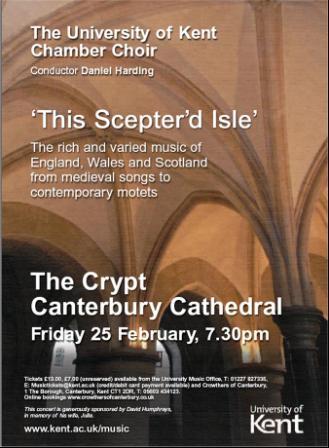We’ve been talking in the Choir about That One Rehearsal, where it all comes together. It happened last year, a decisive moment when things turned a corner and the choir never looked back, and we’ve been feeling that a similar moment hasn’t yet happened this year; and we’ve been wanting it to. When will it come ? How can we make it occur ?
Last night’s rehearsal started with the three carols we will be singing in the Cathedral for the University Carol Service; some serious note-bashing of individual parts, building the verses section by section, following the lines and thinking about the text. We sang them through – ok, progress had been made, we were starting to get a feel for the carols, but nothing particularly exciting was happening with the music, with the ensemble sound.
In a spontaneous and completely un-premeditated moment, I now asked the Choir to stand to sing through the last of the carols, and said ”Right, let’s try it a little differently; sopranos, can you stand over there (pointing to where the tenors normally stand), basses, can you go there (where the altos usually are), altos, can you stand on the end on the left, and tenors, over where the basses usually sing.” We’ve customarily sung in a line, sopranos on the left, moving through the alto and tenor sections towards the right and ending with the basses on the right-hand end; but in order to try to make something happen here, we were now to stand in a new formation.
 There was some shuffling around, we arranged ourselves in the new line-up, and sang through Vaughan Williams’ arrangement of ‘The Truth from Above.” The last chord died away, and there was something of an extended silence; we could, I think, all feel that something significant had just happened. The ensemble sound had changed completely. The balance was better; with the sopranos (who are normally the more dominant of the voices) now standing in the middle, the sound was no longer left-hand-heavy; the altos and tenors, now standing on either end, could now be heard more clearly, and because the basses were now also in the middle, everyone could now hear the bottom of the chords and tune to them better.
There was some shuffling around, we arranged ourselves in the new line-up, and sang through Vaughan Williams’ arrangement of ‘The Truth from Above.” The last chord died away, and there was something of an extended silence; we could, I think, all feel that something significant had just happened. The ensemble sound had changed completely. The balance was better; with the sopranos (who are normally the more dominant of the voices) now standing in the middle, the sound was no longer left-hand-heavy; the altos and tenors, now standing on either end, could now be heard more clearly, and because the basses were now also in the middle, everyone could now hear the bottom of the chords and tune to them better.
After a moment, I said ”Ok – how do you fancy singing through the three pieces for the Gala concert in the same formation, to see what happens ?” There was an excited nodding of heads, copies for the three relevant pieces were gathered, and we launched into them.
The effect was astounding. The ensemble sound was more confident, the intonation was improved, and (very importantly) the pitch didn’t drop throughout the entire set of pieces. We reached the climactic phrase at the end of ‘For the Music,’ and there was a moment’s hush followed by sponteneous clapping and whooping from the Choir. (I may even have done a whirl of sheer delight as well.) We had done it; we’d found Our Ensemble Sound, found a way of arranging the Choir in formation that produced the best result.
The rest of the rehearsal seemed to pass in a whirl, as we sailed through the remaining pieces I’d planned. Handel. BAM! Tavener. BAM! Hassler. (Well, ok, some more note-bashing was required for that one). But the prevailing mood was buoyant throughout the rest of the evening; the moment we’d been waiting for had finally happened, and all through an unplanned decision to mix things up there and then.
It just goes to show – the key is to keep changing, keep trying things out, and be experimental, flexible, until that moment comes when you draw a sound from the group unlike one you’ve heard from it before, and which everyone realises is what we’re striving for.
We have lift-off…




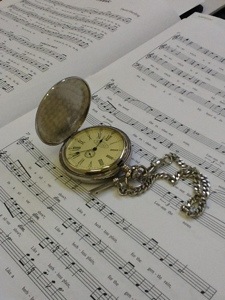
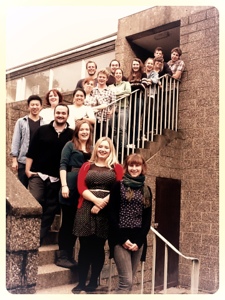
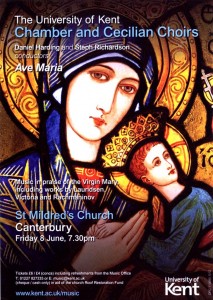

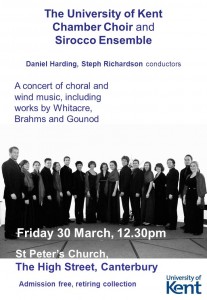

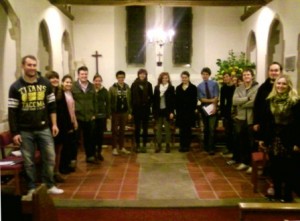
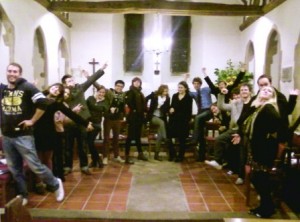

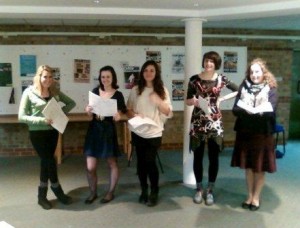 A second rehearsal on the following Wednesday, however, was a really tonic; gathered in the round in the old OTE rehearsal room, we had our first complete rehearsal without any piano accompaniment, and worked on all the pieces we’ve (I’ve ?!) neglected whilst concentrating on the more challenging repertoire.
A second rehearsal on the following Wednesday, however, was a really tonic; gathered in the round in the old OTE rehearsal room, we had our first complete rehearsal without any piano accompaniment, and worked on all the pieces we’ve (I’ve ?!) neglected whilst concentrating on the more challenging repertoire.